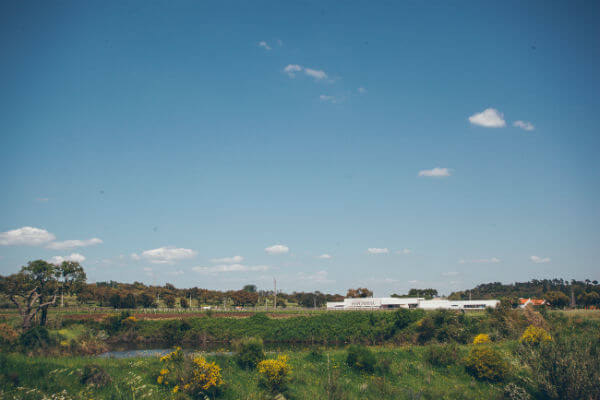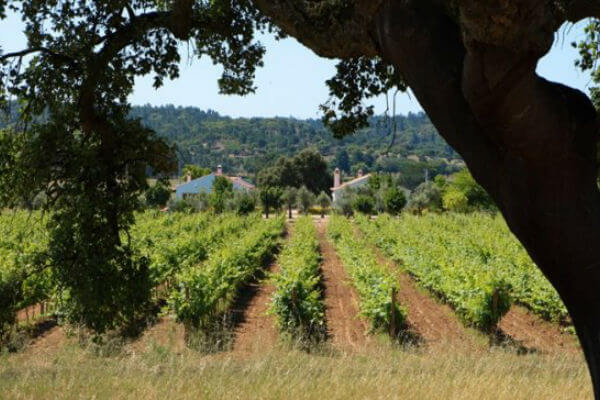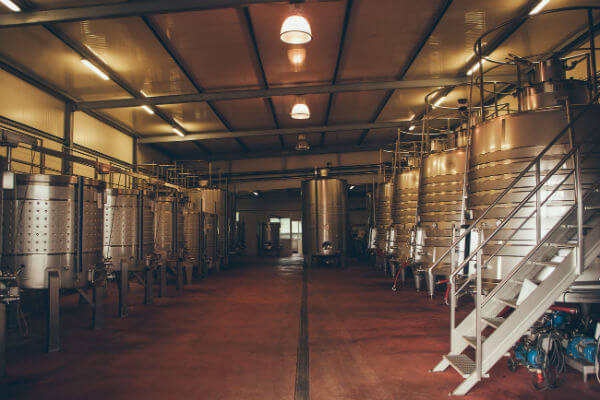Text João Barbosa | Translation Jani Dunne
Once upon a time, a fox – an omnivorous animal – walked under a vineyard from which beautiful bunches of grapes hung. Vulpes vulpes was hungry; she tried hard to grab some grapes, but couldn’t reach. Defeated, yet proud, she said:
“They’re green!”
That is Esopo’s story. However, there are more foxes, and more grapes. In Montargil, the fox gets vines all for itself. The property is called Herdade da Raposinha. That is, however, a recent place name and a tribute to the real owner, Rosário Sousa Ataíde.

Monte da Raposinha in montedaraposinha.com
This territory is 370 acres big and has been in Rosário Ataíde’s family since the 18th Century, although only recently have they begun farming it. As a matter of fact, according to Nuno Ataíde, a judge in the Court of Appeal in Porto, there are only two producers in Montargil; he made his father-in-law’s oenophile dream a reality.
Pedro Sousa, a physician in Coimbra, never got to taste Raposinha wines. Up until 2004, Monte da Raposinha was used for celebrations, although there was an orchard, an olive grove, an oak wood and a pinewood. Nuno Ataíde ordered for the plantation of five acres, then another twelve, and a further seventeen in 2014.

Monte da Raposinha in montedaraposinha.com
The farmhouse is managed by João Nuno Ataíde, one of the couple’s three children. The head of oenology is Susana Esteban – a steady hand, of course. The 2007 harvest was the first to be released, in 2008.

The vineyards in montedaraposinha.com
In the first five acres, they planted Touriga Nacional, Aragonês and Trincadeira in equal parts, João Nuno Ataíde specifies. The following varieties are currently in production: Touriga Nacional (3.70 acres), Syrah (2.5 acres), Aragonês (2.5 acres), Trincadeira (1.25 acres), Arinto (3 acres), Chardonnay (1.85 acres), Antão Vaz (1.5 acres) and Sauvignon Blanc (1 acre). The varieties planted last year were Alicante Bouschet, Touriga Nacional and Syrah. About 40% of the wine is made with purchased grapes.
Nuno Ataíde says he “started with practically only chicken feed, and after crunching the numbers”. He says he still isn’t ready to crunch the numbers. The quantitative goal is to reach 100,000 – the cellar’s capacity. Today, it exports 60% of production, and all the wine is classified as being from the Alentejo region.

The Winery in montedaraposinha.com
Alentejo is hot almost all over, but Montargil is in a water-abundant part, an advantage for producers who need to quench their plantation’s thirst. Until 2014, the harvests always started in August.
Regarding the wines:
In a nutshell, they have Susana Esteban‘s steady hand. Now and then, the question of whether a female oenologist’s wines are feminine… or if men can make feminine wines… The behaviour will certainly be different; I think the differences lie in gender, not in personality.
Does Susana Esteban make feminine wines? I don’t know. I know she makes them steady, enjoyable, elegant and differentiated. This oenologist doesn’t use a specific way to make wine. She makes her blends based on nature’s moulds. I don’t mean terroir – which could easily turn into Post-Graduate dissertations and long conversations on winter evenings – but nature.
Susana Esteban’s hat trick is not to have one. However, there is a signature. I reject the term “feminine”, but perhaps “elegant”. I insist on believing that an author’s work tends to reflect their personality. I hardly know the oenologist, but the feeling I get is that she is a woman who knows what she wants, with the characteristic peace-of-mind of someone with class.
Elegance can be found all along, from Monte da Raposinha (red 2012 – Touriga Nacional, Alicante Bouschet, Syrah and Aragonês – and white 2013 – Arinto and Antão Vaz), to Athayde Reserva White 2013 (Chardonnay and Sauvignon Blanc), Athayde Grande Escolha Red 2011 (Syrah, Touriga Nacional and Alicante Bouschet), to Furtiva Lágrima 2010 – name of an aria, “Una Furtiva Lagrima”, from the opera “The Elixir of Love” by Gaetano Donizetti – a blend of Alicante Bouschet, Syrah and Touriga Nacional.
Contacts
Estrada do Couço, S/N
7425 – 144 Montargil, Portalegre
Portugal
Tel: (+351) 919 860 902
E-mail: geral@montedaraposinha.com
Website: www.montedaraposinha.com




Leave a Reply